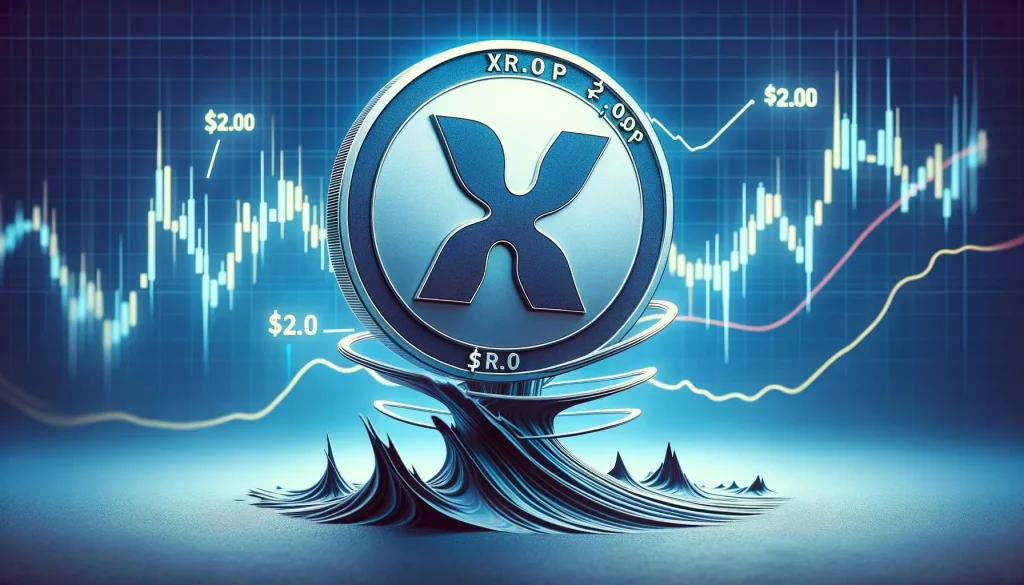XRP is the cryptocurrency of the Ripple blockchain. As a cross-border payment method, its price has currently fallen but shows signs of recovery.
This week, the FED lowered interest rates. This had been much anticipated as it has typically been great news for risky assets like crypto. Despite this, it had little impact on the crypto market, which continued to fall. XRP has continued to trade lower and has not benefited from these positive news. So what factors are spurring the downward trend of this major altcoin, and what could turn it around?
The Current Price of XRP
On Monday, 22nd, XRP dropped 5% in a 24-hour period. This left it at a rate of $2.80, the lowest point it has been in two months. Since then, its inability to remain or breach above the $3 level has left a renewed bull run in question. In terms of the XRP to INR rating, it is currently standing at 253.97. This fall was indicative of a wider drop in the cryptocurrency market.
Bitcoin saw the $115K support level collapse, and Ethereum slumped to around $4,100. Dogecoin suffered the biggest losses of 10%. In total, the whole cryptocurrency market fell by $77 billion. Around 400,000 traders liquidated crypto to a tune of $1.7 billion.
XRP was particularly impacted by major sell-offs on the recently launched Rex Osprey ETF. The first US XRP ETF recorded $37.7 million in its first day of trading, making it the largest ETF launch of 2025. However, the following sell-off contributed to the price tumbling around 5%. This cut off $11 billion in market value.
Macro Economic Factors Facing the Whole Cryptocurrency Market
Last week’s FED cut of 4.00-4.25% did not have the positive impact many had expected. Some crypto exchanges, such as Binance, had already predicted the minimal impact this would have. In their weekly reports, they noted that “While cuts are often viewed as bullish, Bitcoin’s link to FED policy is weak and volatile. Prices already reflect expected cuts, so the real impact depends on how FED actions differ from expectations and the broader economic context.” This prediction proved correct, and for the crypto market to change, it will require changing factors other than the FED rate.
It is also worth noting seasonal patterns for cryptocurrency, which have traditionally resulted in a loss in September. After this month, the crypto market usually picks up in the run-up to the holiday season.
On Chain Metrics for XRP
Market price metrics do not look promising for XRP. It has formed a descending triangle formation, which, if continued, could cause a sell-off to the $2.07 mark. That would be a huge 26% drop, and it is unlikely to happen unless major economic issues or factors present themselves.
Its relative strength index has also fallen over the last 24 hours. This has taken it from 50 to 39. This is often a signal of downward momentum.
There are further indicators that should be viewed. The critical level of $2.77 is one. Should it go below this, then further sell-offs may be seen. It seems that if ETF flows stabilize, then this could facilitate a consolidation at this level. Finally, Bitcoin’s dominance is at the 57.7% level, and these statistics mean that rotation pressure on altcoins is quite likely to remain.
Even with further rate cuts, sentiment is that there will be fewer in 2026 than people previously believed. Last week’s major sell-offs will have undoubtedly been triggered by this. XRP was one of the worst performers in this period, after its huge gains over the last 12 months. It has moved from $3.12 downward to a strong support level at $2.58. This is a critical juncture that should hold strong.
Positive Signals for XRP
Good news does come in the form of the U.S. Securities and Exchange Commission. They recently changed the rules on how spot-crypto exchange-traded funds get approved. This will make it easier to get Spot ETF products on the market, which could signal more institutional adoption for cryptocurrencies.
Binance also noted that a liquidity rotation is likely to benefit cryptocurrencies. It said that the FED’s rate cut reduces the appeal of cash, historically leading to capital rotation into risk assets. It then added that digital assets are now firmly in the mix, highlighting how these potential spot altcoin ETFs in October are poised to expand investor access. Historically, when the Fed cut rates near all-time equity highs, the S&P 500 delivered a median +9.8% return in the following 12 months, suggesting a similar liquidity-driven tailwind could support BTC and altcoins.
As the third-largest cryptocurrency, XRP is still a major player. Yet competition is hot on the heels of a cross-border payment method, mainly in the form of stablecoins. By looking at these factors, traders should be able to predict any upcoming changes. Economic factors, both in the US and further afield, will play a massive part in this.
